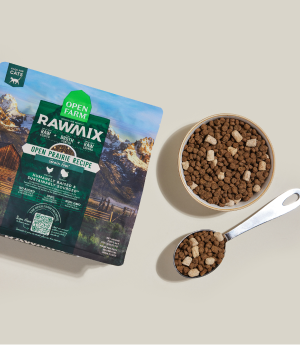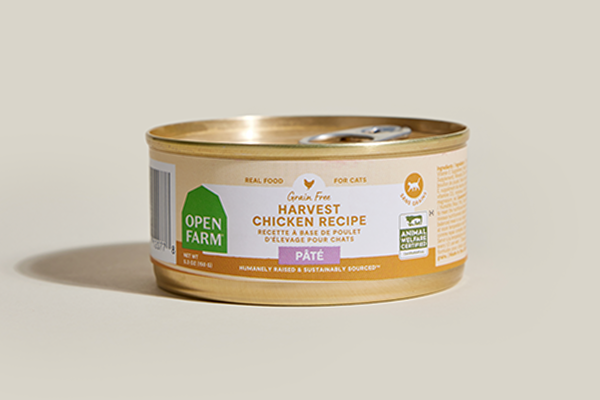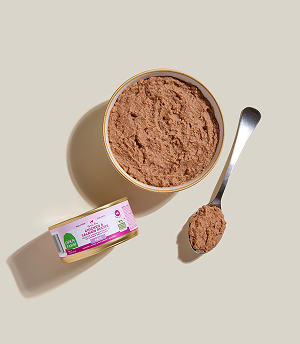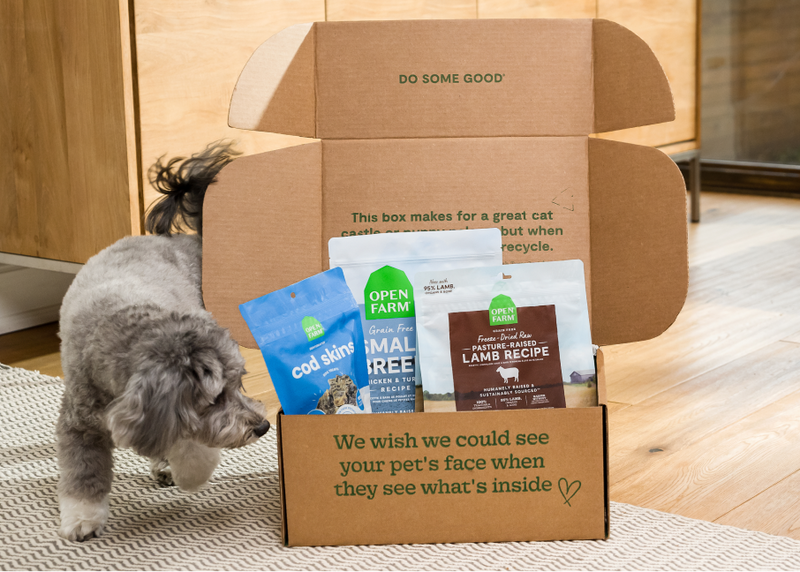Ensuring your dog stays well-hydrated is as crucial as providing a nutritious diet and regular exercise. But what happens when your dog seems uninterested in their water bowl?
Learning why hydration is essential for your dog’s well-being and discovering creative ways to motivate them to drink more can make a difference to their health. Here are some practical tips and strategies to help your four-legged friend remain hydrated, ensuring they maintain their health, happiness and vitality.
How Much Water Does Your Dog Need Daily?
Generally, your dog needs about one ounce of water per pound of body weight daily. For example, a 30-pound dog typically requires at least 30 ounces of water daily, equivalent to just under four cups.
But remember that this is more of a guideline than a strict rule. The amount of water your dog needs can change based on its activity level, the type of food it eats, its age and the weather conditions. For example, a busy day playing at the park or a scorching day will make your dog want to drink more water. And if your dog eats dry food, they’ll probably need to drink more water than if they were eating wet food, which already has a lot of moisture.
Signs of Dehydration in Dogs
Dehydration in dogs can lead to serious health issues if not addressed promptly. Recognizing the signs of dehydration can help you take fast action and keep your pup happy, healthy and full of life. Here are a few telltale signs your dog might be getting dehydrated:
If Dog is dehydrated, contact a vet immediately
Loss of appetite. Dogs often lose interest in food when they’re dehydrated.
Reduced energy levels. If your dog seems unusually lethargic or uninterested in activities they normally enjoy, it could be a sign of dehydration.
Dry mouth. Dry or sticky gums and a dry nose are indicators. You may also notice that their saliva seems thicker than usual.
Sunken eyes. Dogs suffering from dehydration may display a sunken look in their eyes, signaling an imbalance in fluid levels.
Panting. Although dogs naturally pant to cool down, panting excessively without being active recently could be a sign of dehydration.
Skin elasticity. To check if your dog is dehydrated, try the ‘skin tent test.’ Gently grab some skin at the back of your dog’s neck or between the shoulder blades and let go. If your dog’s hydrated, the skin will spring right back. But if it stays tented up or takes a while to return to normal, your dog might be dehydrated.
Increased heart rate. Dehydration can cause an elevated heart rate. It could be a concern if your dog’s heart seems to be beating faster than usual.
Why Your Dog Might Not Be Drinking Enough
Water is essential for your dog’s health, aiding digestion, regulating body temperature and helping with nutrient absorption. However, there can be several reasons why your dog might not be meeting their hydration needs, including:
Water not clean. Dogs, like people, prefer fresh water. If the water in their bowl has been sitting for too long, they might be less inclined to drink it.
Location of the water bowl. If their water bowl is in a loud or busy spot, your dog might feel too anxious or uneasy to drink from it.
Health issues. Health issues, like kidney disease, diabetes and some infections, can affect your dog’s thirst and how much water it drinks. Contact a vet if you see a sudden shift in their drinking habits.
Dental problems. Pain from dental issues, such as tooth decay or gum disease, can make drinking uncomfortable for dogs.
Old age. As dogs get older, they might not feel as thirsty, which can lead to them not drinking enough water.
Change in routine or environment. Dogs thrive on routine and any changes, such as moving to a new home or changes in the family dynamic, can affect their behavior, including their drinking habits.
Weather and seasonal changes. Like people, dogs drink less water when it’s cold out and more when it’s hot.
Tips for Getting Your Dog to Drink Water
Ensuring your furry companion drinks enough water is vital for their health and well-being, but sometimes, they might need a little encouragement to stay hydrated. Use these tips to help your dog increase their water intake:
Keep their water fresh. Always keep the water bowl filled with fresh, clean water. Change the water at least twice daily and wash the bowl daily to prevent bacteria growth.
Offer multiple water stations. Place water bowls in several locations around your home, especially outdoors and in areas where your dog spends a lot of time. This makes it convenient for your dog to drink whenever it feels thirsty.
Experiment with bowl types. Some dogs might prefer certain types of bowls (plastic, stainless steel or ceramic) or might be more inclined to drink from a running source, such as a pet water fountain. Try different options and determine which one your pup likes more.
Incorporate wet foods. If your dog primarily eats dry dog food, consider incorporating wet dog food into its diet or soaking its kibble in water or bone broth.
Use flavored water. Enhance the water’s taste by adding flavors that your dog loves. This could be a splash of chicken or beef bone broth (make sure it’s low in sodium and onion-free) or low-lactose milk. Always offer plain water as well to give your dog options.
Offer ice cubes. Some dogs enjoy playing with and chewing on ice cubes, especially during hot weather. This can be a fun way to increase their water intake and it helps keep them cool.
Keep Your Pet Hydrated and Healthy
A balanced diet is one of the best ways to keep your pup hydrated. Open Farm’s range of dry, wet, gently cooked and freeze dried raw dog foods, as well as our range of supplements and probiotics for dogs, will keep your pet living a healthy, happy life. Browse our complete selection of ethically sourced human-grade pet foods today!
This article is meant only as an example meal with fully balanced nutrition, please reach out to our customer experience team if you have any questions about your pet’s unique circumstances! To ensure these products are a good fit for your pup, we also recommend consulting your pup’s vet about any new supplement or diet changes, especially if there is a medical concern. They should be able to help as you and your vet know your pup’s medical history best!









































 Sign In
Sign In
 Create Account
Create Account















